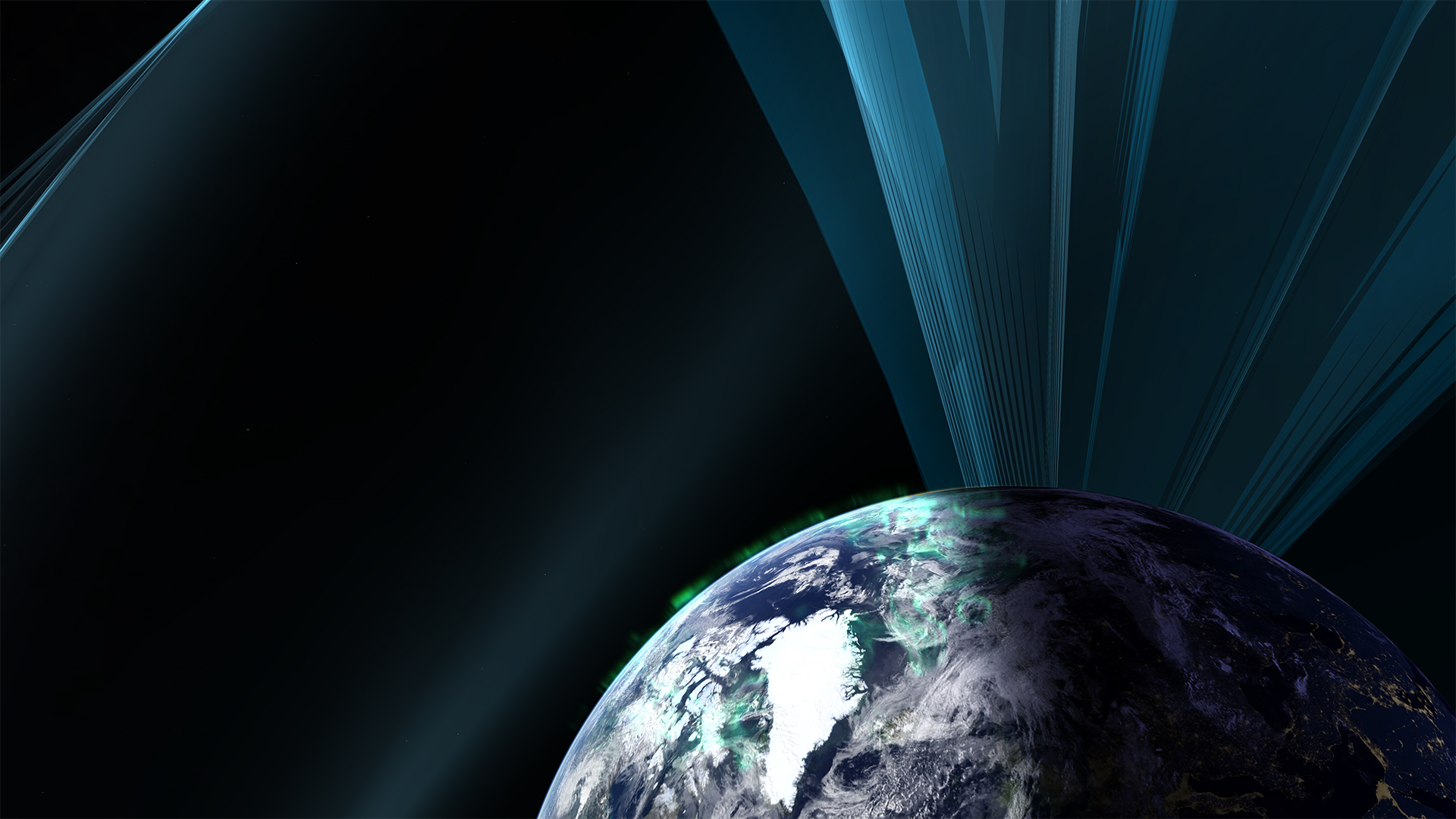Planetariums are traditionally seen as spaces for astronomy visualization and education.
We recognize that the dome as an experience is a highly flexible space, and we offer state-of-the-art capability for scientific visualization of real-time, data-based topics and lecture-based fulldome presentations that take planetariums beyond astronomy and change how audiences experience science, research data and much more.
With possibilities reaching from seismic, to bio-medical to meteorological atmospheric data, we take a new immersive approach to higher education learning and lecturing systems
Powerful Real-Time Visualization

Astronomy | Tour the Universe
Explore many scientific models, including all known objects in the solar system, Kepler candidates, star forming regions, star clusters, the local group, deep space objects, Sloan galaxies and quasars to name a few. Virtually tour the universe seamlessly, from small objects such as satellites, to the edge of the observable universe.
Classic Astronomy Observation simulates orbital motion with the same precision as NASA simulations for space missions. Day and night sky, celestial and galactic coordinate systems, meridian and ecliptic are just some features of our complete classical planetarium system.
The system can automatically calculate and transition to events such as sunrise, sunset, solar noon and midnight. It can also automatically transition to and from any geographical location on the surface of the Earth or any other planet, to observe the sky from different locations. All essential planetarium features are included, such as 88 constellations with lines and artwork, planets rendered as properly colored and lit points when seen from afar, the Hipparcos star catalog with proper motion, the Milky Way in various wavelengths, eclipses and much more.
Planetary Exploration & Earth Sciences
Access a network of daily updated satellite imagery that can be integrated in a show at a minute’s notice, directly to your dome. Through streaming of cloud-based data, you get access to daily updated satellite imagery, weather events, planetary and lunar exploration, and extrasolar planets.
Planetary exploration includes high resolution textures and terrain maps from a variety of NASA’s WMS servers. This allows you to follow the exploration of Mars and the Moon through high resolution texture maps from HiRISE and LRO, and engage your audience in the search for habitable planets.


Geological Events and Climate Data
Advanced visualization capabilities include direct access to satellite imagery of the Earth. This way, you can stream and show your audience geological events as they happen, as well as climate data. Follow volcanic eruptions or natural disasters such as Deepwater Horizon, track animal migration patterns and the life of a hurricane, witness the trail of a typhoon or the destruction of a wildfire.
Neuroscience
The latest neuroimaging technology can be visualized on the dome. Through a live-presented planetarium show, real brain data comes alive around us as we scale our inner universe.
Audiences can explore imagery on scales ranging from the size of the entire head down to the sub-cellular scale, millions of times smaller. They can fly through the skull to the outer layers of the cerebral cortex, exploring sub-components of the brain, wandering through neurons and much more.

